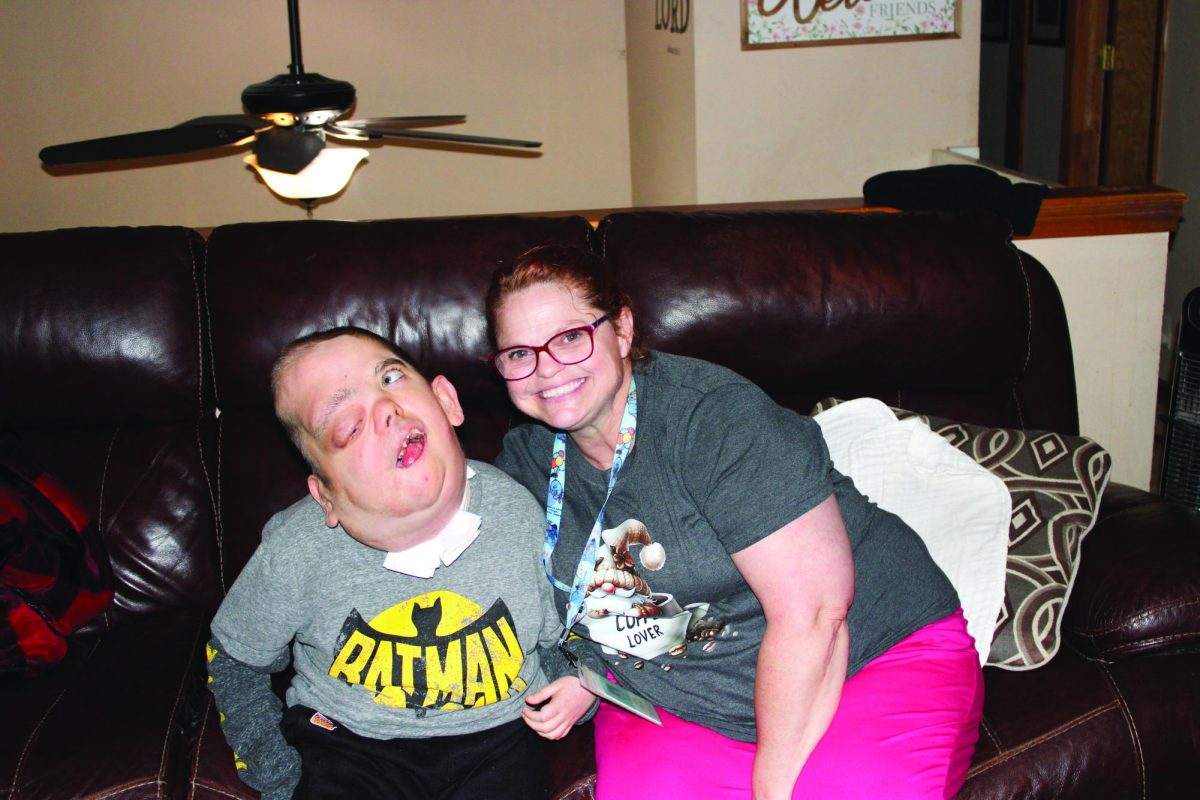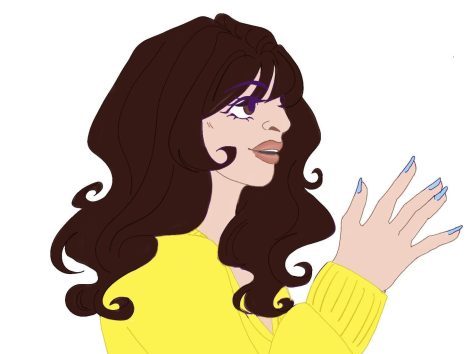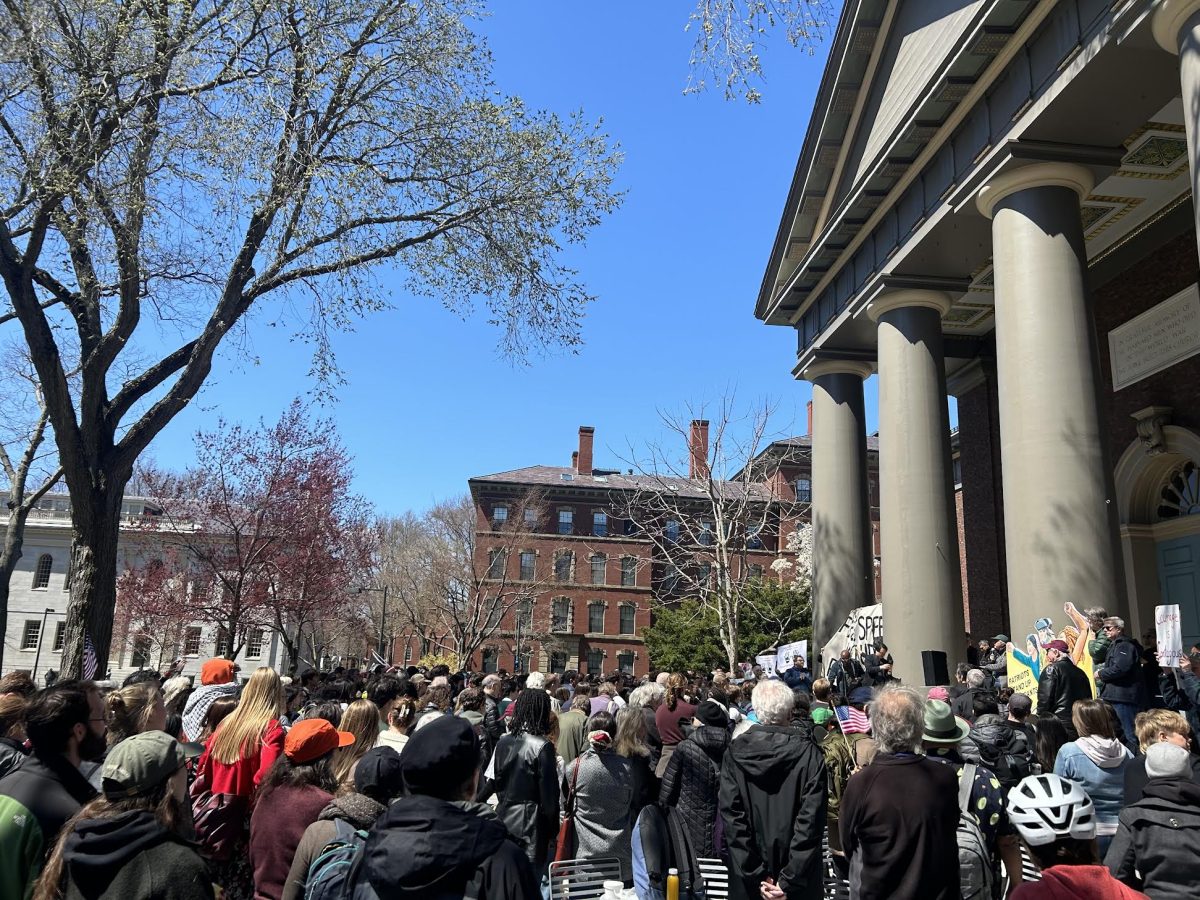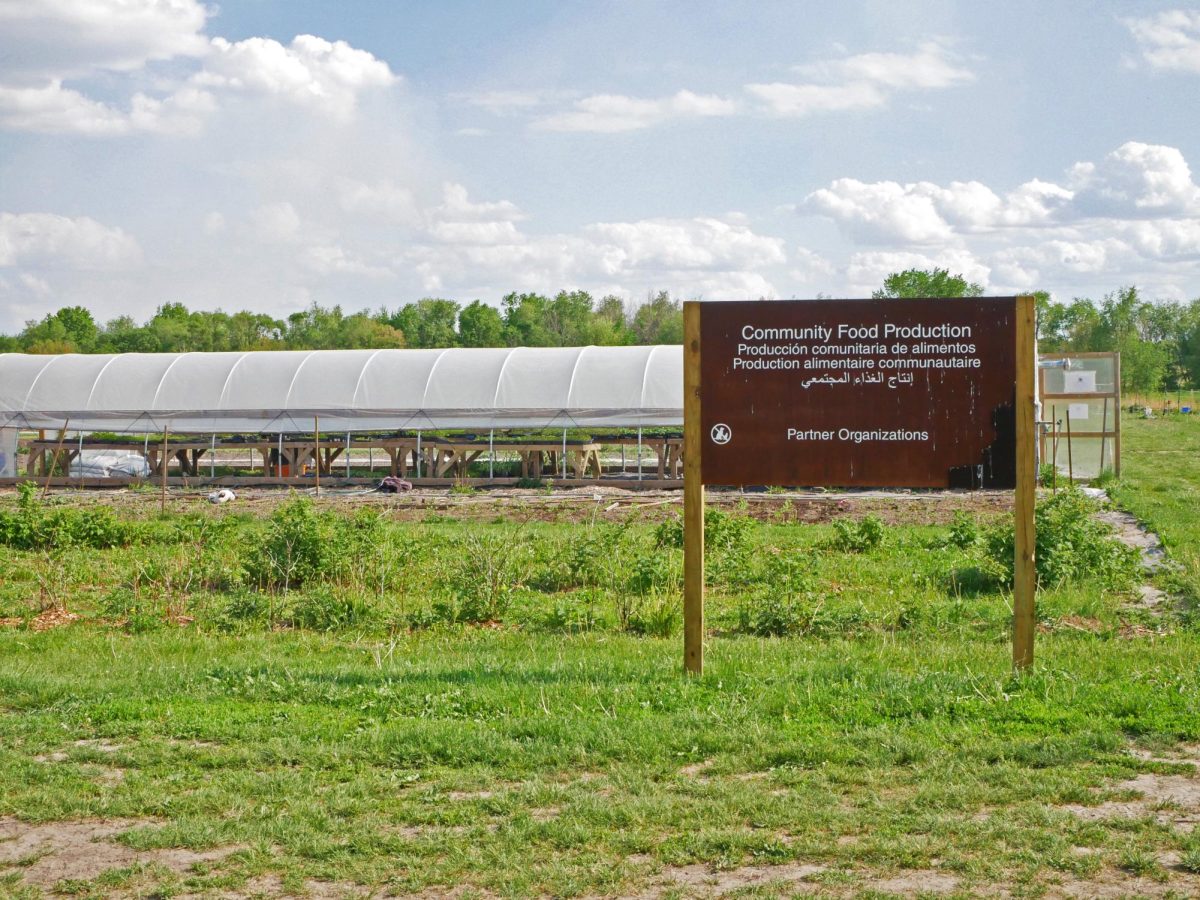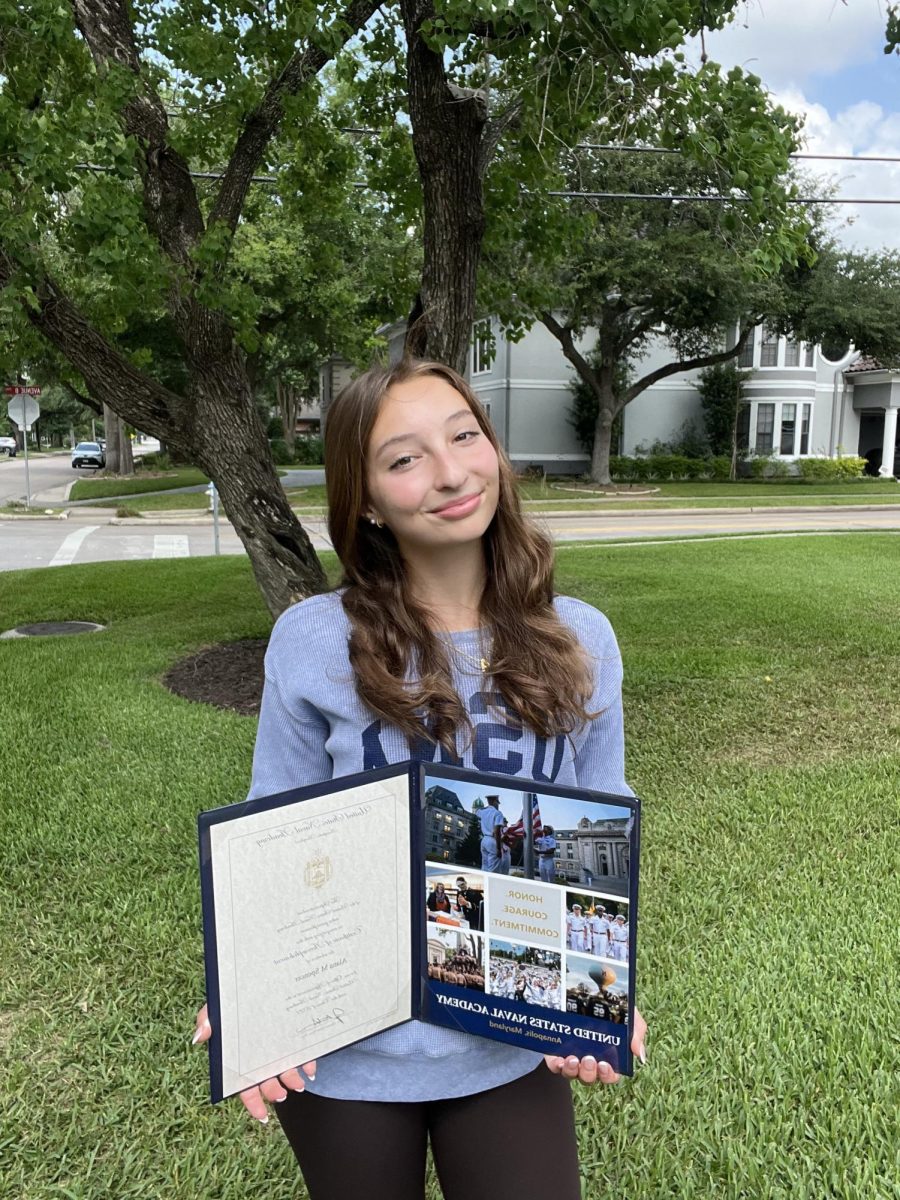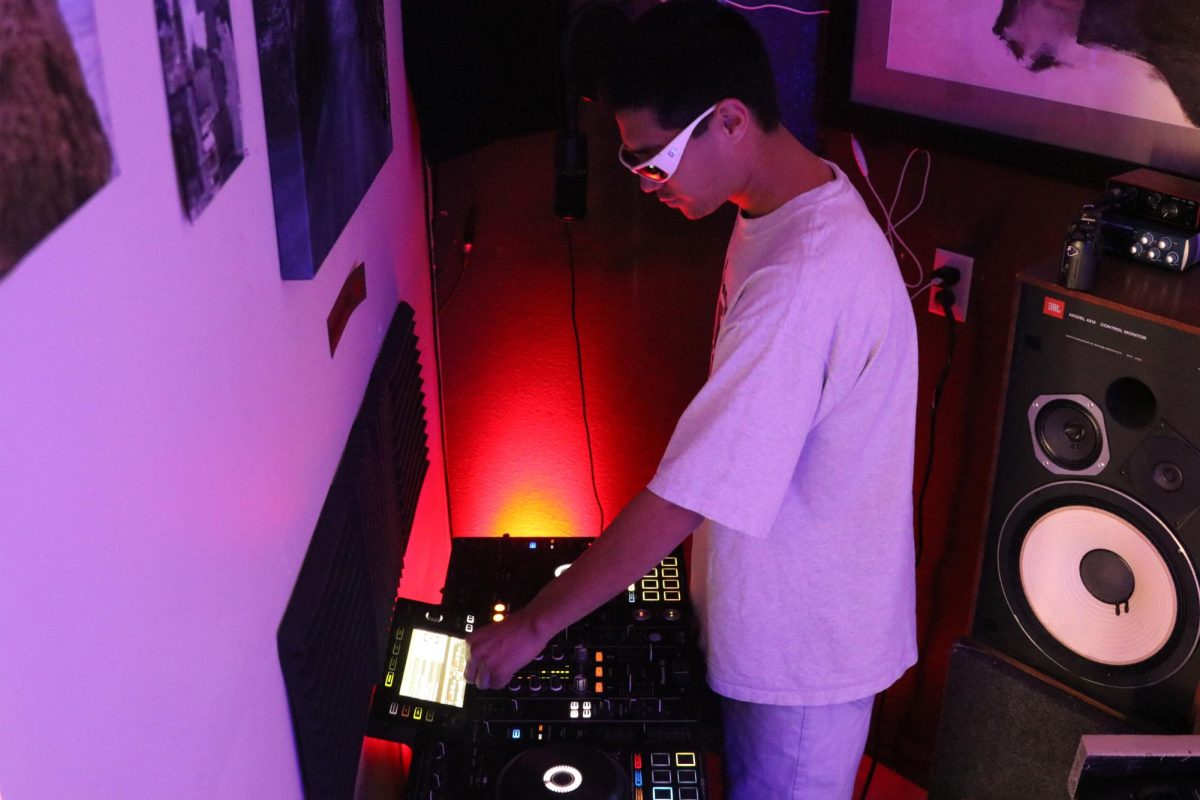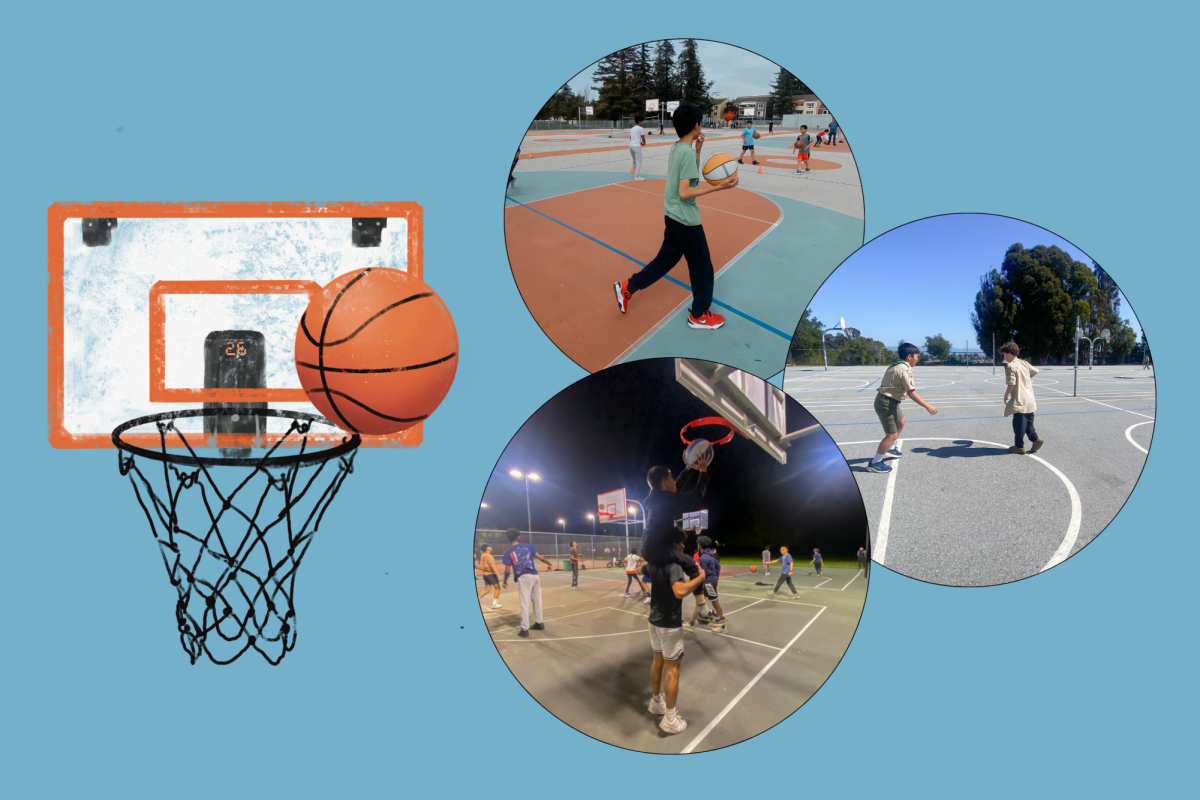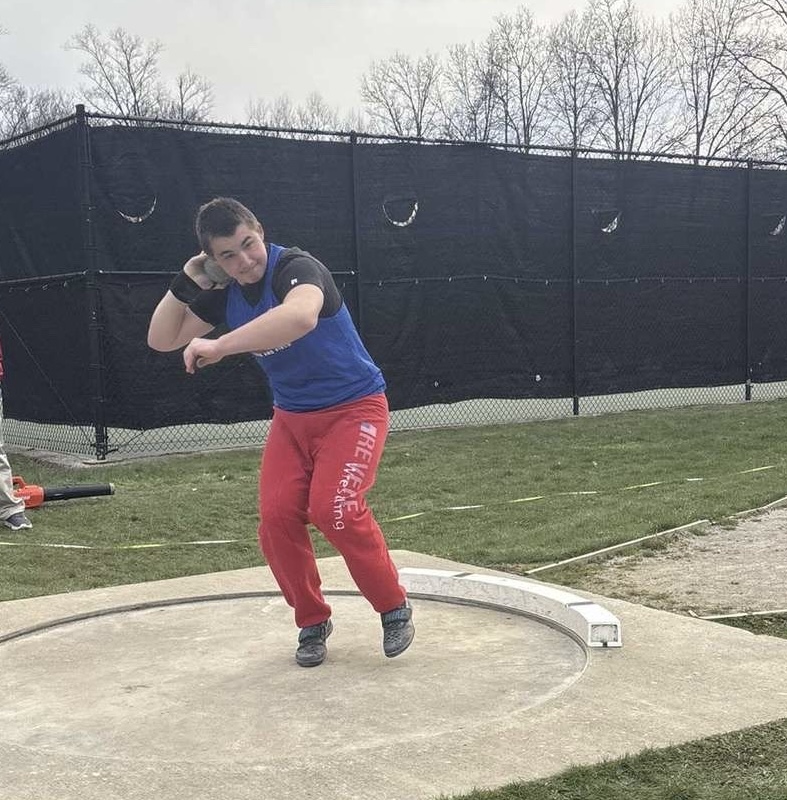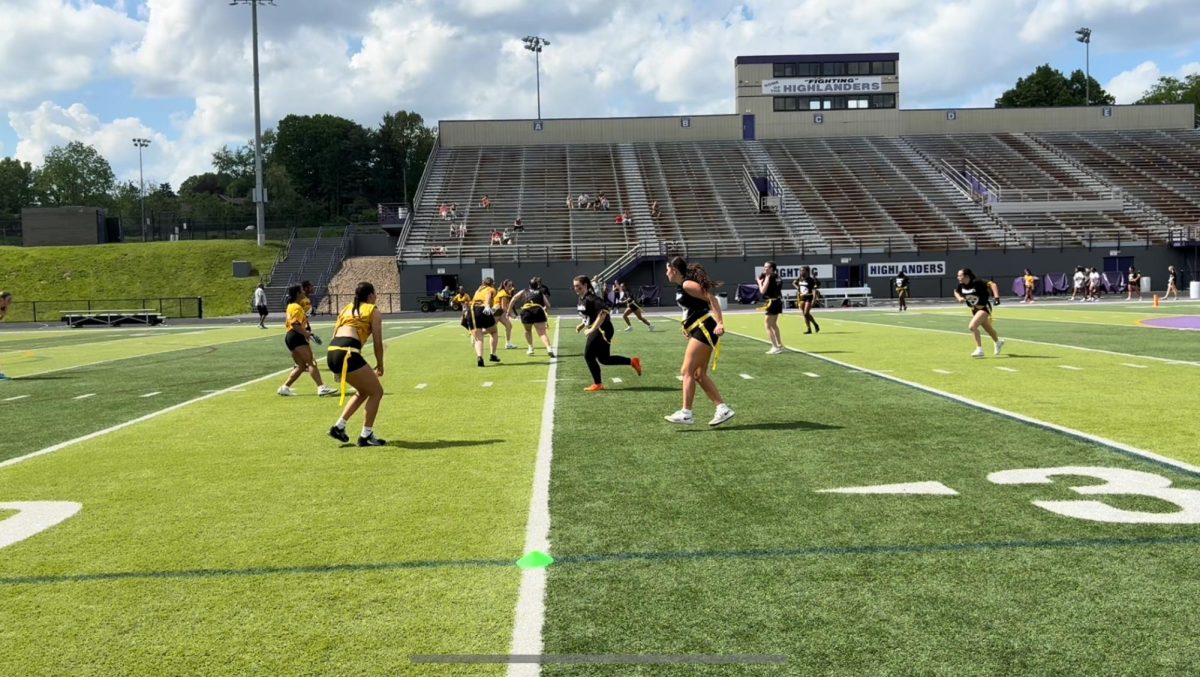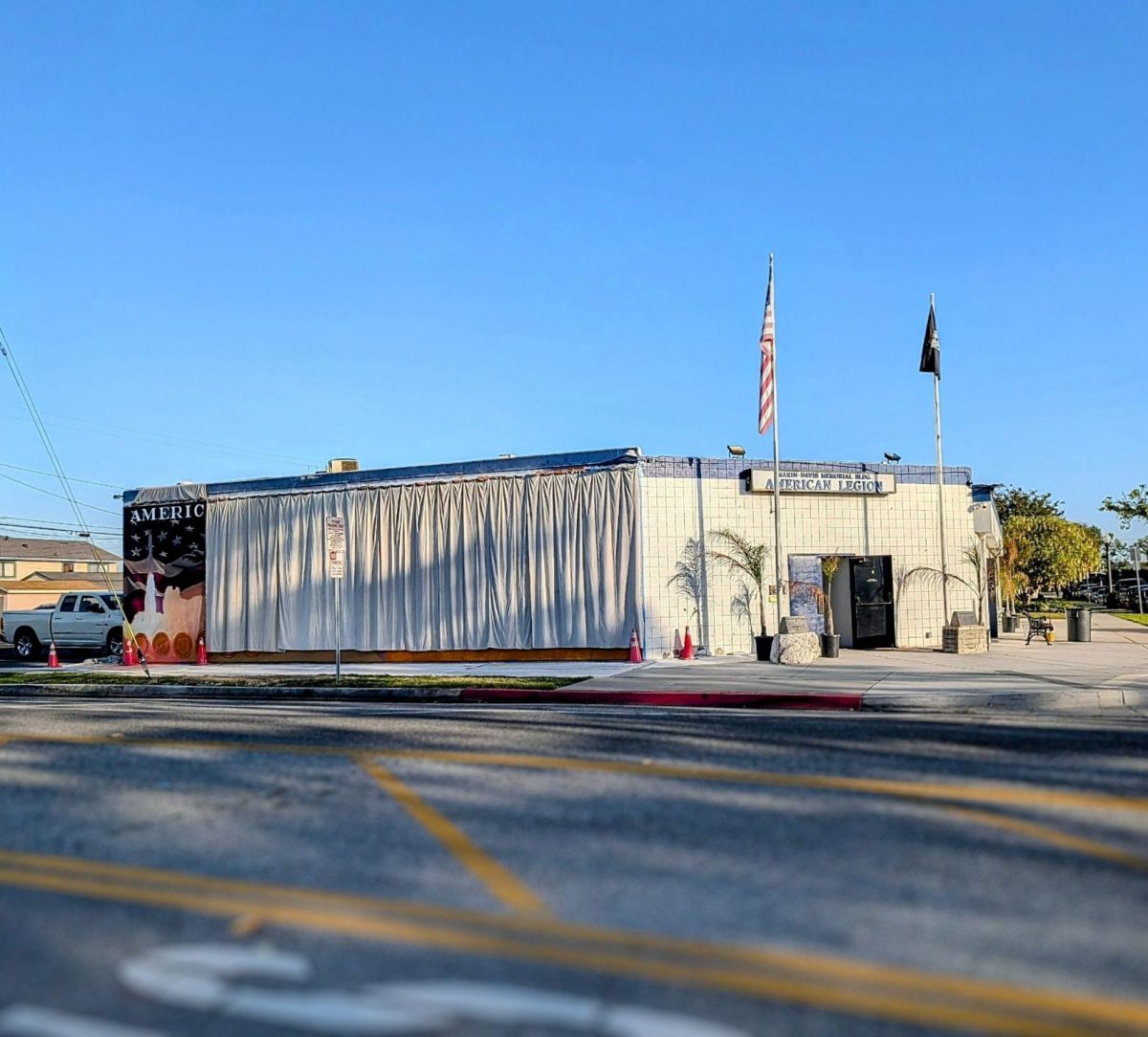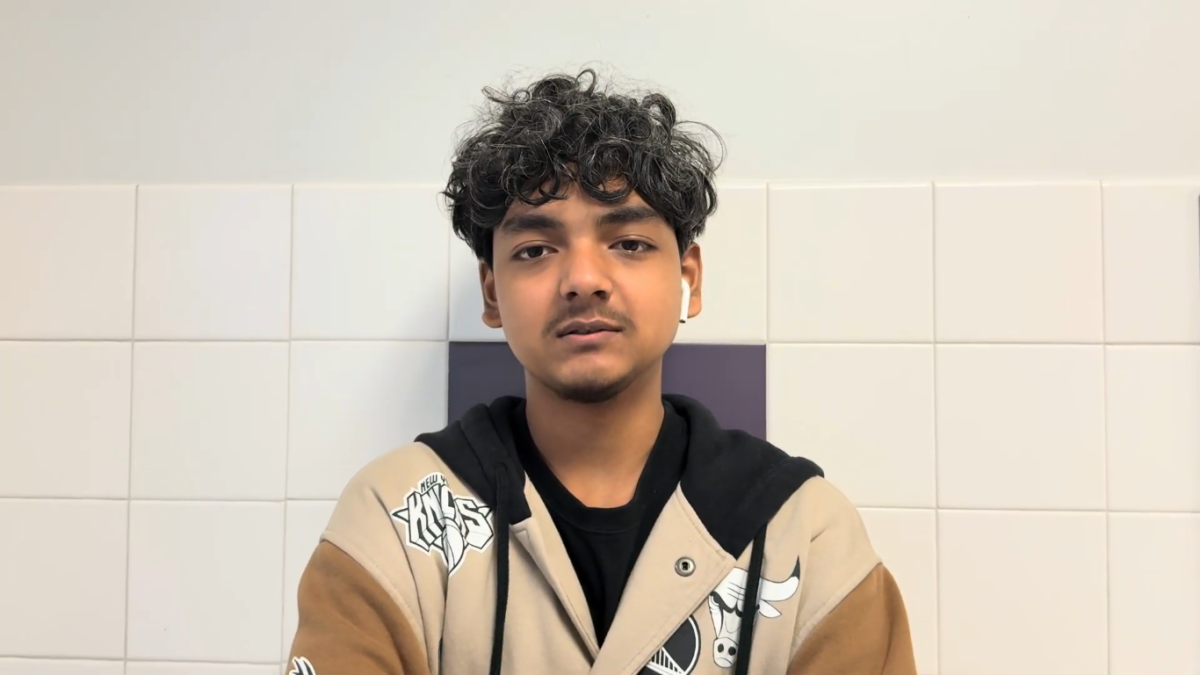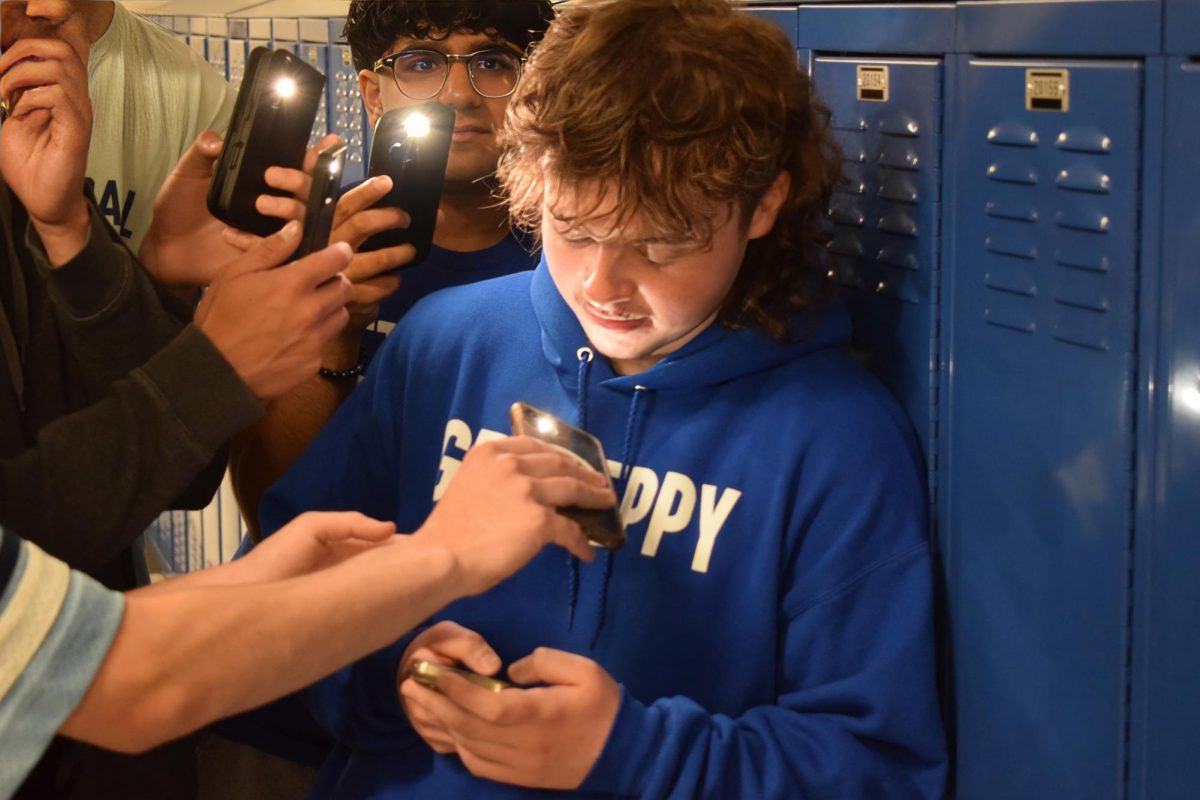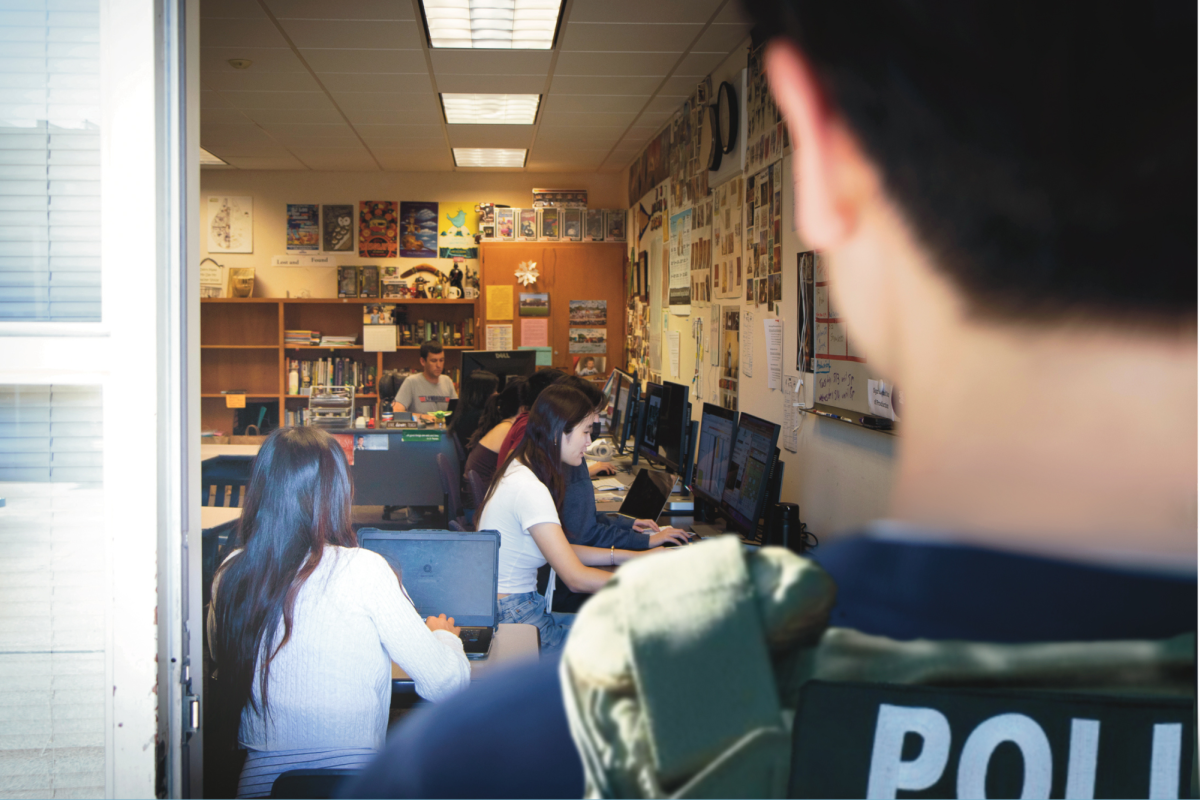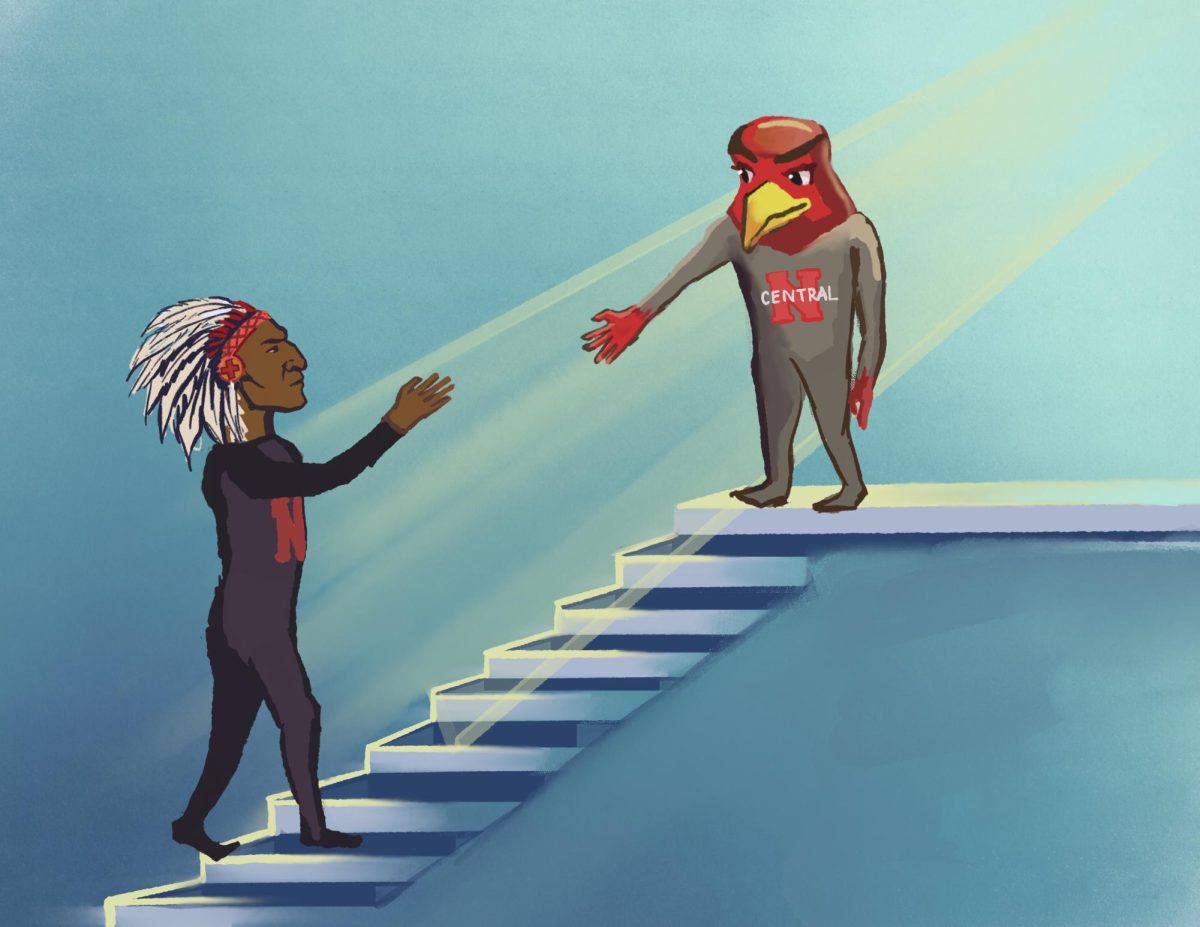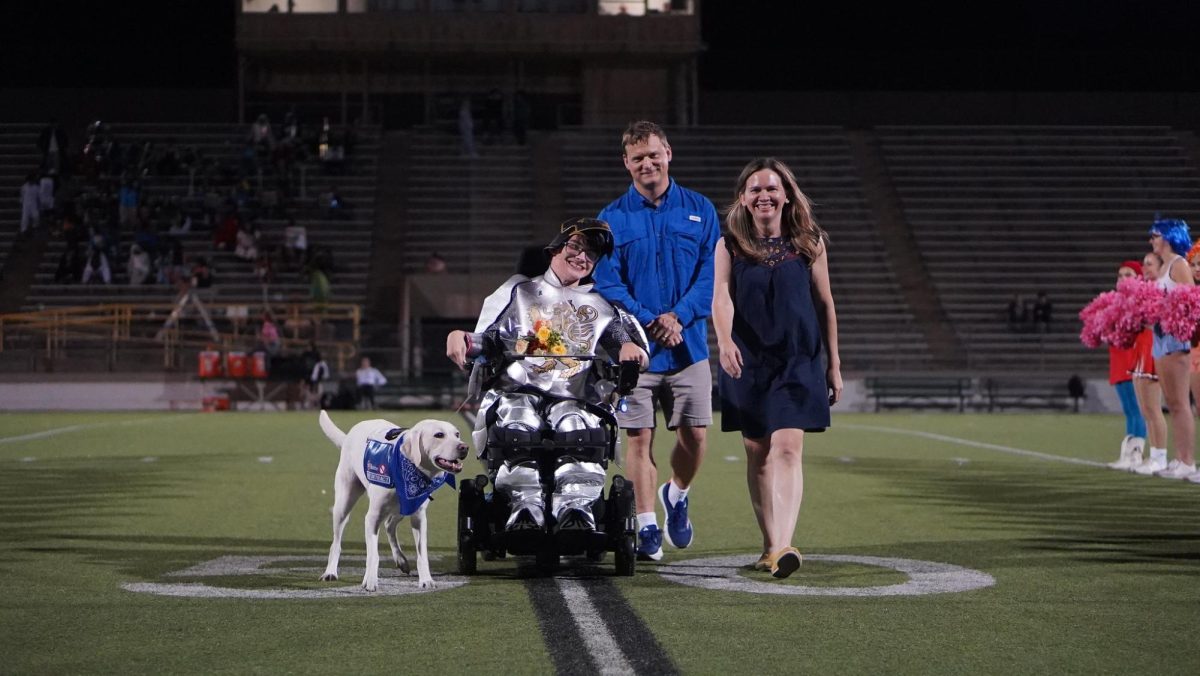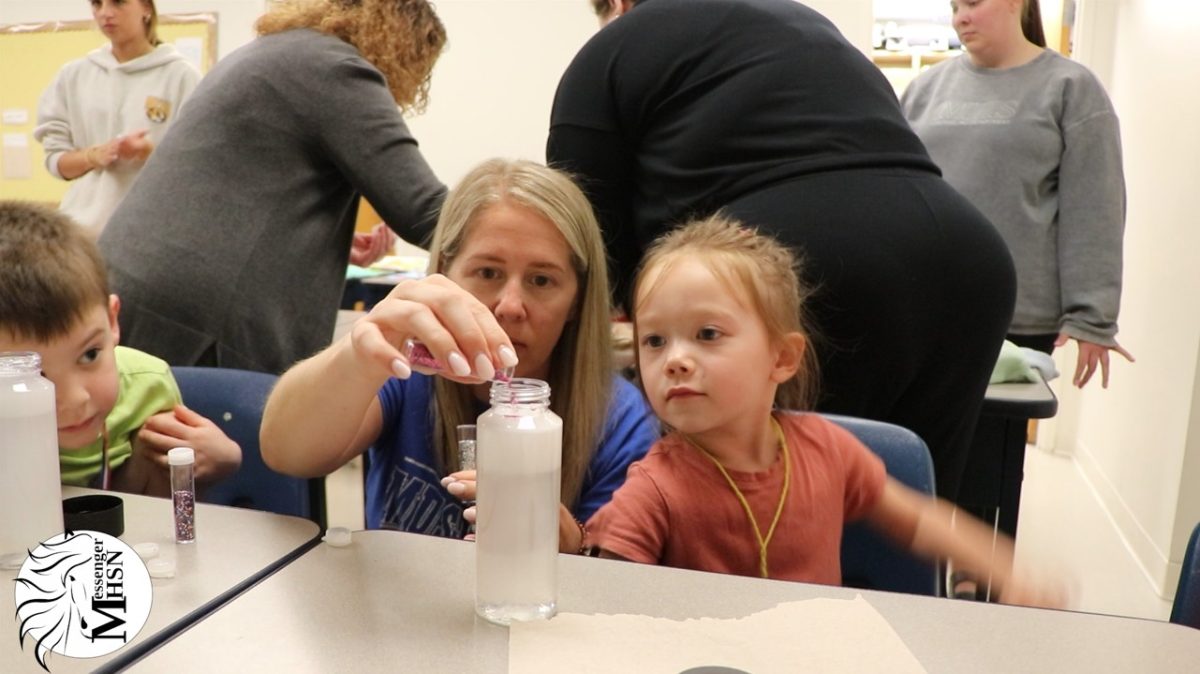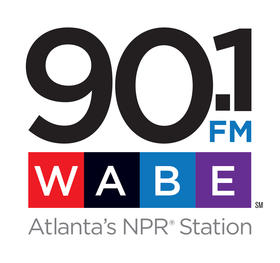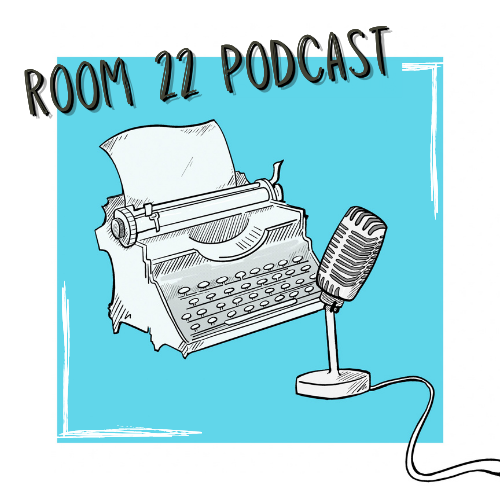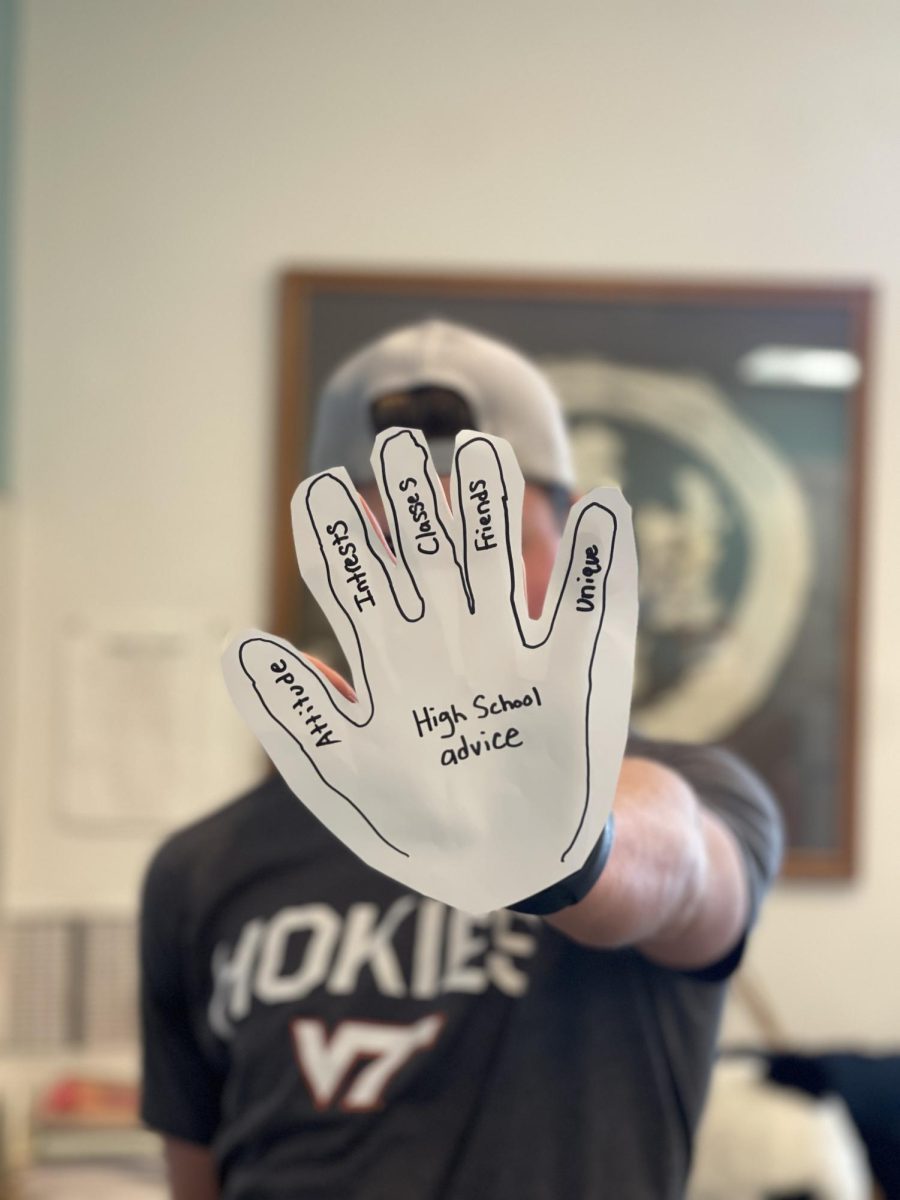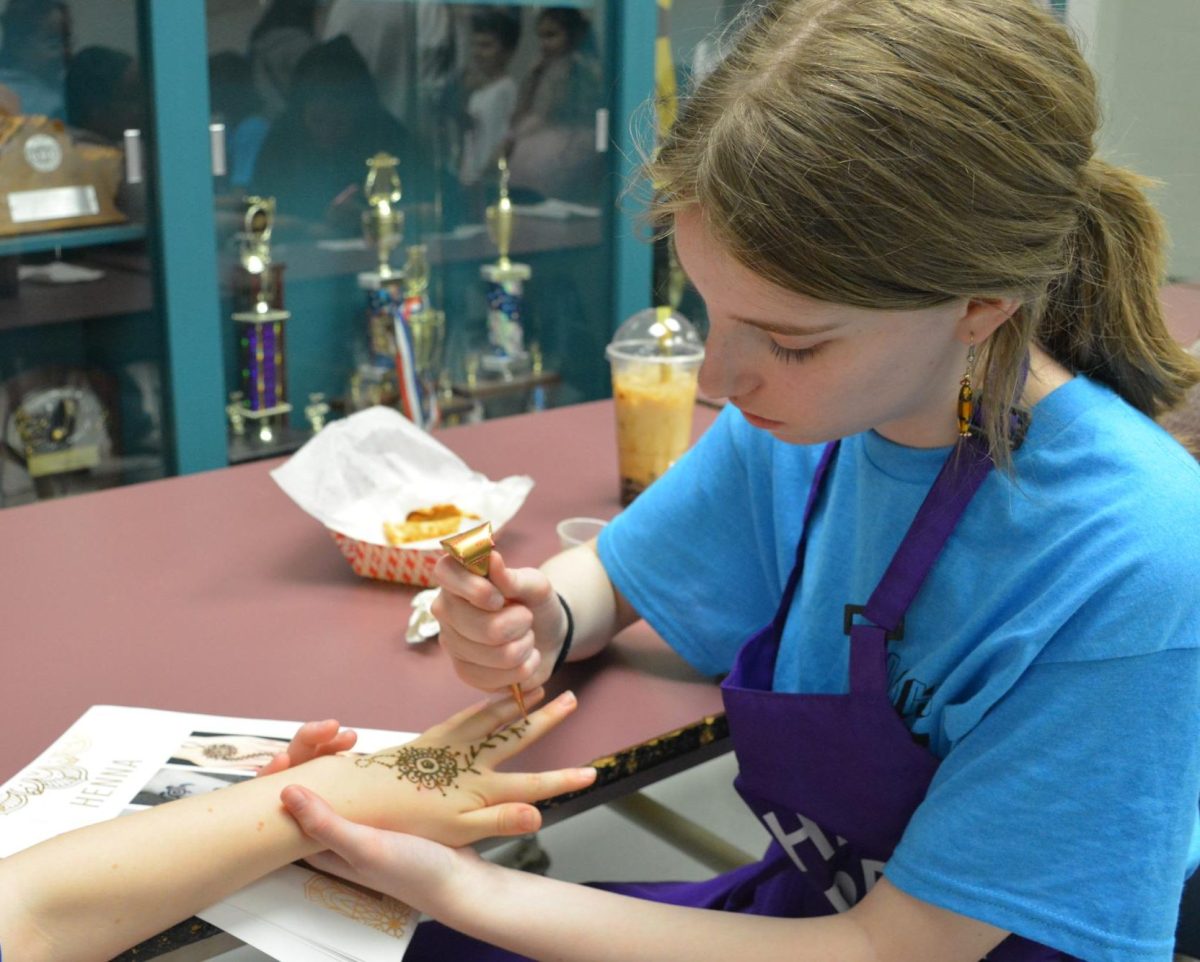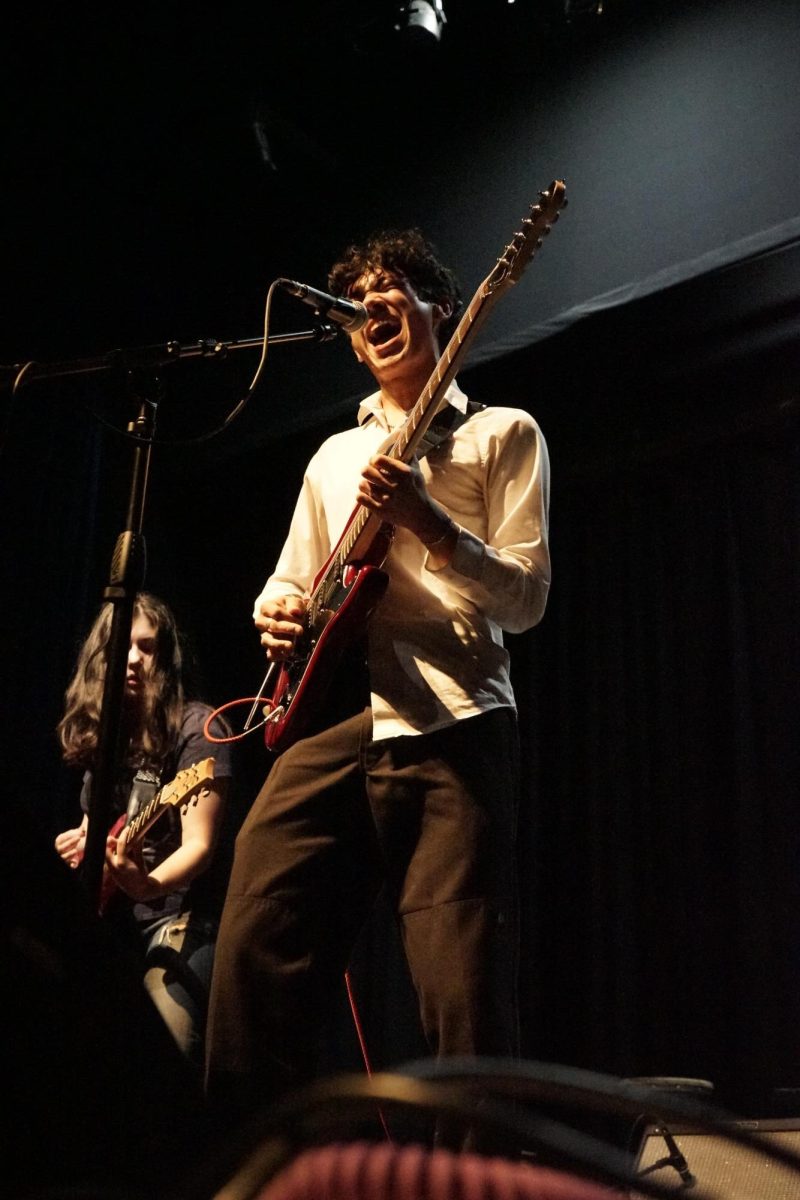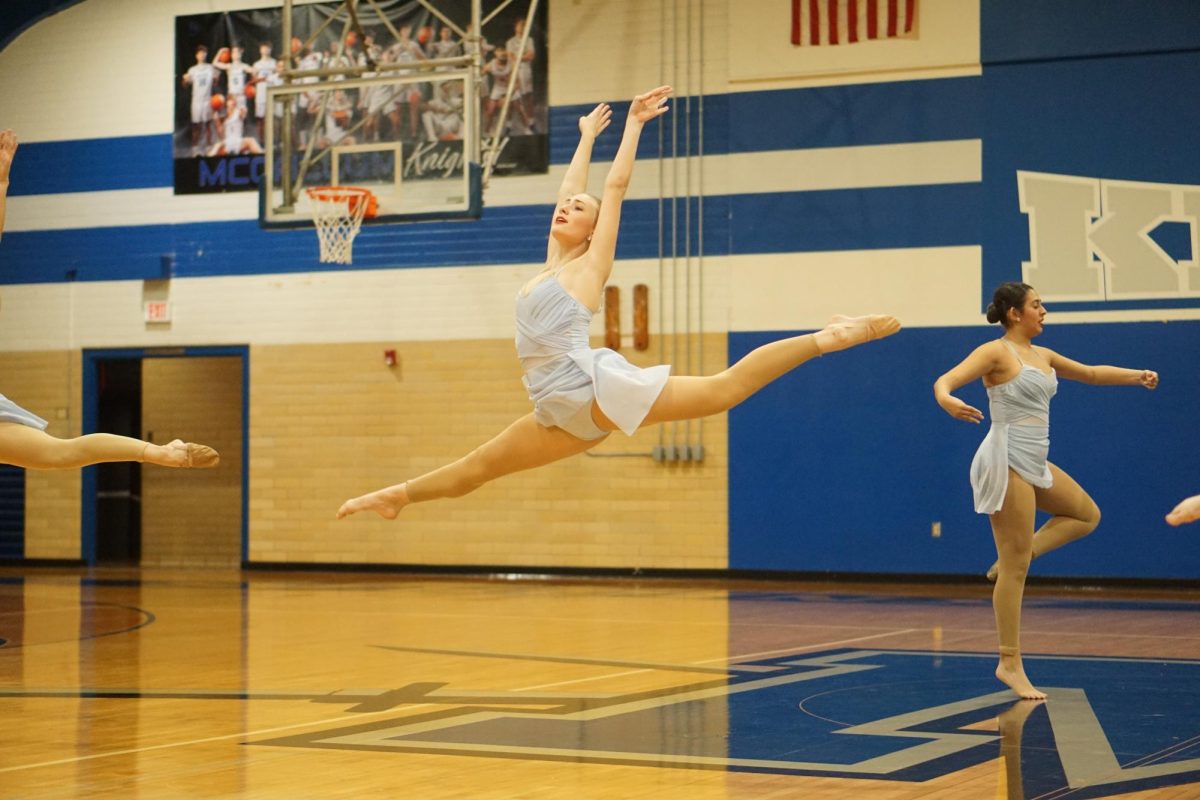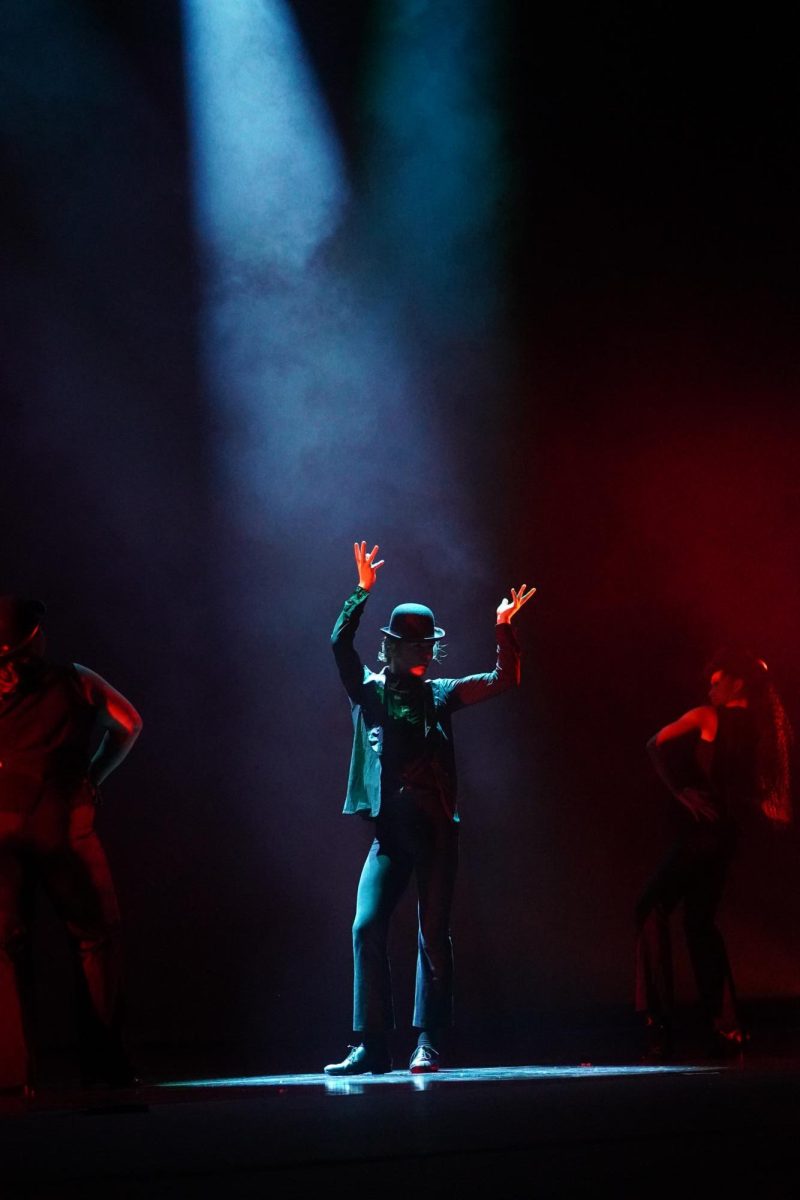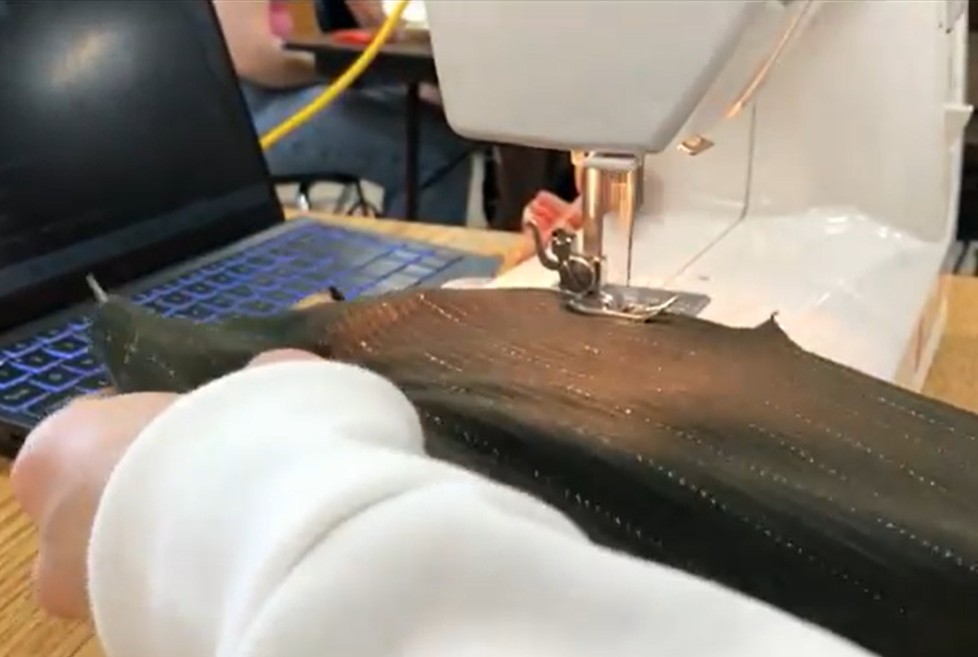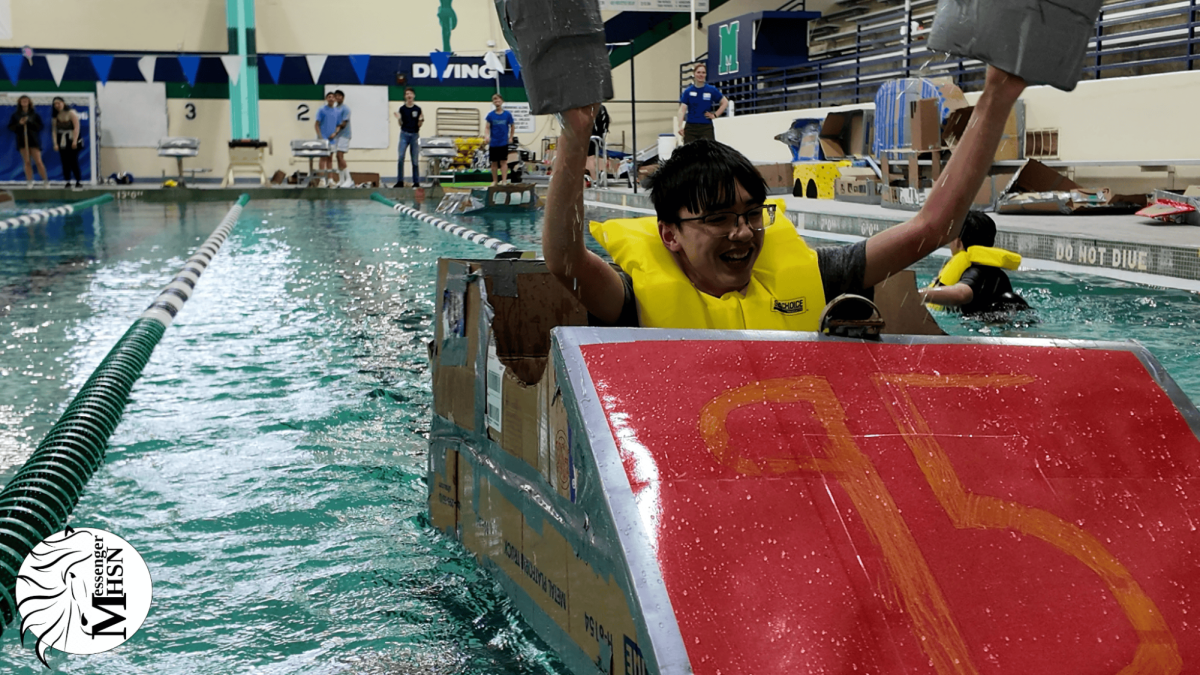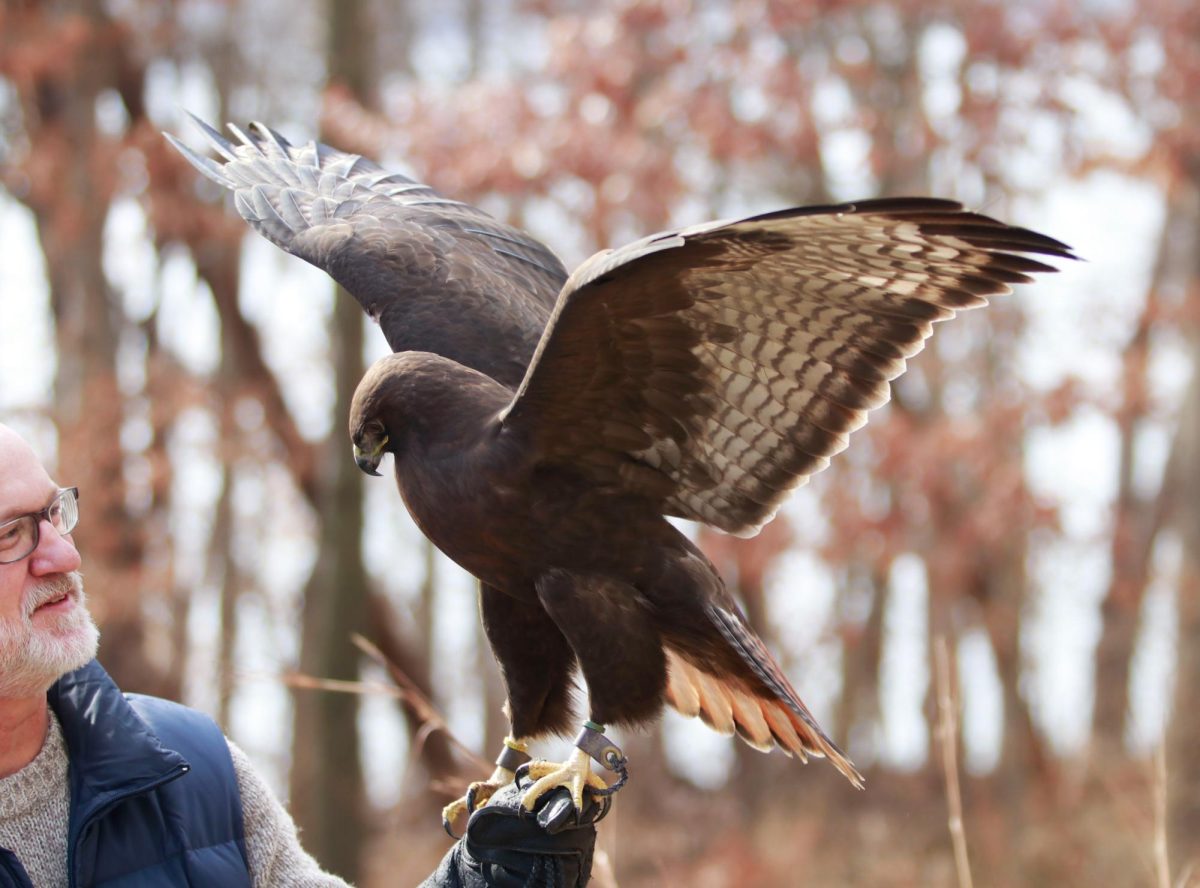Lake Macbride’s gorgeous lakeside trails and the life-giving sounds of wind brushing through the thick, sun-filled forest breathe serenity like no other place. Tucked away in the middle of this land is a group of birdhouses that you can visit to hear the hoots, chirps and screeches of the raptors that call this place home. This is the Iowa Raptor Project, a program run by the University of Iowa dedicated to raptor research and education that has resided on the land for nearly 40 years. However, the IRP might not remain there much longer.
Throughout its many years on the land, the IRP has experienced its share of ups and downs. On Feb. 16, 2024, a fire started inside the IRP’s facilities in the middle of the night. A passerby noticed the flames and called the fire department, but the damage was done: four mews — birdhouses used for raptors — and additional minor facilities were lost. Unfortunately, four birds also passed away due to the fire: Saguaro, a Harris’s hawk; Elsa, a Gyrfalcon; and two red-tailed hawks named Cal and Isabow. The state fire marshal’s report determined the cause to be inconclusive, according to IRP Director David Conrads.
“It was a huge loss. Four amazing raptor ambassadors were lost. The facilities can be replaced, but the birds can’t,” David Conrads, the director of the IRP, said.
Prior to becoming director of the IRP in September 2024, Conrads spent over 30 years working within Recreational Services at the University of Iowa and three years serving as the director of UI WILD. UI WILD, or University of Iowa Wildlife Instruction and Leadership Development, is a program under the University of Iowa College of Education that focuses on increasing awareness and appreciation of nature.
After recovering from the impact of the fire, the IRP is faced with another threat: they may be forced to move from their current location and find a new home. Whether or not the program will relocate depends on whether the University of Iowa continues its lease of the land the IRP resides upon.
MacBride Nature Recreation Area lease
The IRP is currently situated on land originally owned privately by farmers. When the Coralville Dam was built in 1958, the U.S. Government and the U.S. Army Corps of Engineers gained control of the land and leased it to the University of Iowa. In 1985, the land lease was transferred from the University’s Continuing Education Department to Recreational Services.
As part of the lease agreement, Recreational Services promised to create publicly accessible wildlife programs on the beautiful land, which resulted in the creation of the Iowa Raptor Project in 1985. In 2021, oversight of UI WILD was moved from Recreational Services to the College of Education at the University. The current lease to the University of Iowa College of Education from the U.S. Army Corps of Engineers runs through June 30, 2029.
“[This is] a phenomenal place; a generation of students have come through here and understand it’s a pretty special piece of land. It is one of the greatest remnants left of Big Grove, an amazing white oak savanna. Being a peninsula surrounded by the Iowa River, Coralville Lake and Lake MacBride State Park makes it pretty phenomenal,” Conrads said.
IRP volunteer and University of Iowa student Caden Dorrance agrees with Conrads about the uniqueness of the IRP’s land.
“Macbride is a beautiful piece of land, pristine with all types of habitats and animals. It’s the perfect place for the raptor center,” Dorrance said.
The research conducted by the IRP and how their facilities house their birds is uniquely adapted to the land they are presently on, and leaving their current space would force them to make many adjustments. The end of the land lease would mean the IRP would be forced to move their research projects, birds and facilities from their home of 40 years and start from the beginning in a new spot.
“It would be a little bit different for community members going out and visiting it, where it’s a location that’s not a state park, people might not be out in nature while they’re also visiting the raptor project,” Nina Osborne, IRP volunteer and University of Iowa student, said.
Currently, the project is unsure whether the university will continue leasing the land. A committee has been formed to debate the continuation of the lease. The decision is due by May.
If the IRP were to remain in its current location, Conrads would have many development plans for the center. These include a large display loop, expanding the general area of the project and increasing accessibility to people with disabilities.
“[These changes would] be a better experience for our guests, but everything’s kind of on hold until we know more about what the university is going to do long term,” Conrads said.
Along with physical updates, Conrads and other staff are working to provide an education curriculum to connect with more schools and departments within the College of Education at the University of Iowa.
“Our real goal is to provide transformative educational experiences, but also engage in collaborative research projects. We’re able to get students involved and let the research become a big driving force for education [planning],” Conrads said.
Most planning is on hold until the IRP learns more about the university’s plans for the land lease. However, the program is continuing in-depth research projects as well as taking in and caring for disabled or harmed raptors.
Functions and plans of the IRP
While most of the IRP’s current raptors began rehabilitation at the center, some, like Ghost, the Northern Goshawk, were received from other rehabilitators and rehabilitation facilities around the country, where they had already received work and training. When birds are deemed unable to be released into the wild, these facilities will often move their raptors to another facility like the IRP to be cared for. In order for the raptors to be moved and remain at these facilities, the birds have to either participate in at least 12 education programs every year or remain on display and open to the public.
“Legally, in order to keep these birds, they have to go on at least 12 programs per year. If a bird doesn’t travel on programs, then they have to be on display for the public because we have these birds so we can teach people. They’re not our pets.” Katherine Ibsen, the IRP Raptor Care and Education Coordinator, said.
“Working with the birds is obviously incredible. I mean, these are birds you’re never gonna see this close in the wild, and [you get] to see their personality and characteristics,” Dorrance said.
Along with displaying raptors at their facilities and within educational programs, the IRP also conducts research on wild birds. In the fall, starting the last week of September, the IRP participates in one of three bird counts performed each year in Iowa by counting over 2,000 hawks as they fly over their regular migratory route called the Falcon Trail. The IRP also traps and bands migrating hawks along with owls to learn more about migratory routes, longevity and the life of these animals. For example, they have been studying Northern Saw-whet owl using an audio lure and nets to learn more about the species; they caught and banded 22 owls in 2024 alone.
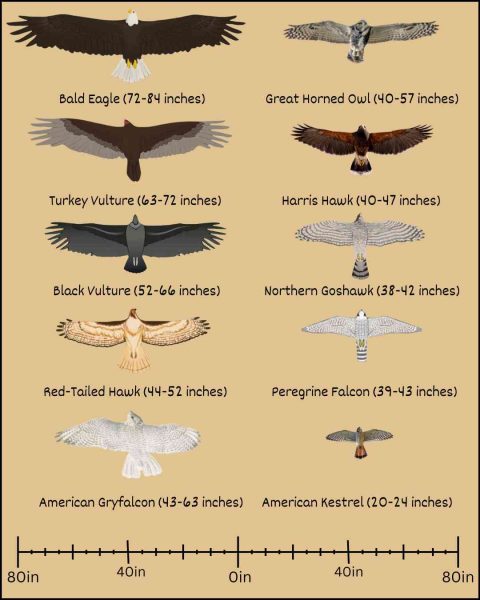
“In a couple of weeks, we’re going to try and catch the return of the Saw-whet owls, just to learn more about these secretive, amazing little owls,” Conrads said.
In the winter, the IRP runs three winter raptor surveys through the Hawk Migration Association and inputs their data online. These surveys allow them to learn more about raptor habitat usage.
“We always talk about the fidelity of raptors, oftentimes towards their nest sites, [and] how important it is to preserve their nest sites. A lot of raptors have fidelity toward their wintering grounds, so it’s vital that we know what we need to preserve them as well. The winter raptor survey helps us to identify that here in the county,” Conrads said.
Many years of students have come through the School of the Wild and Iowa Wildlife camp programs under the same UI WILD banner, which now might move the IRP from its picturesque home at MacBride. As raptor numbers are in decline, it becomes ever more important to invest in their protection.
The IRP works to help birds in and out of the Lake MacBride area and educate students on the importance of taking care of nature. To do this, they rely on the initiatives taken by everyday people and the students at West High to support them through volunteering, donating, and the continuation of curiosity for great birds. If the University of Iowa committee does vote to end the leasing of the Lake MacBride land, all these programs would be forced to move and rebuild. However, they won’t disappear.
“The raptor center is always going to [exist], it’s just a matter of whether it’s at MacBride or somewhere else,” Dorrance said.
This story was originally published on West Side Story on April 17, 2025.

